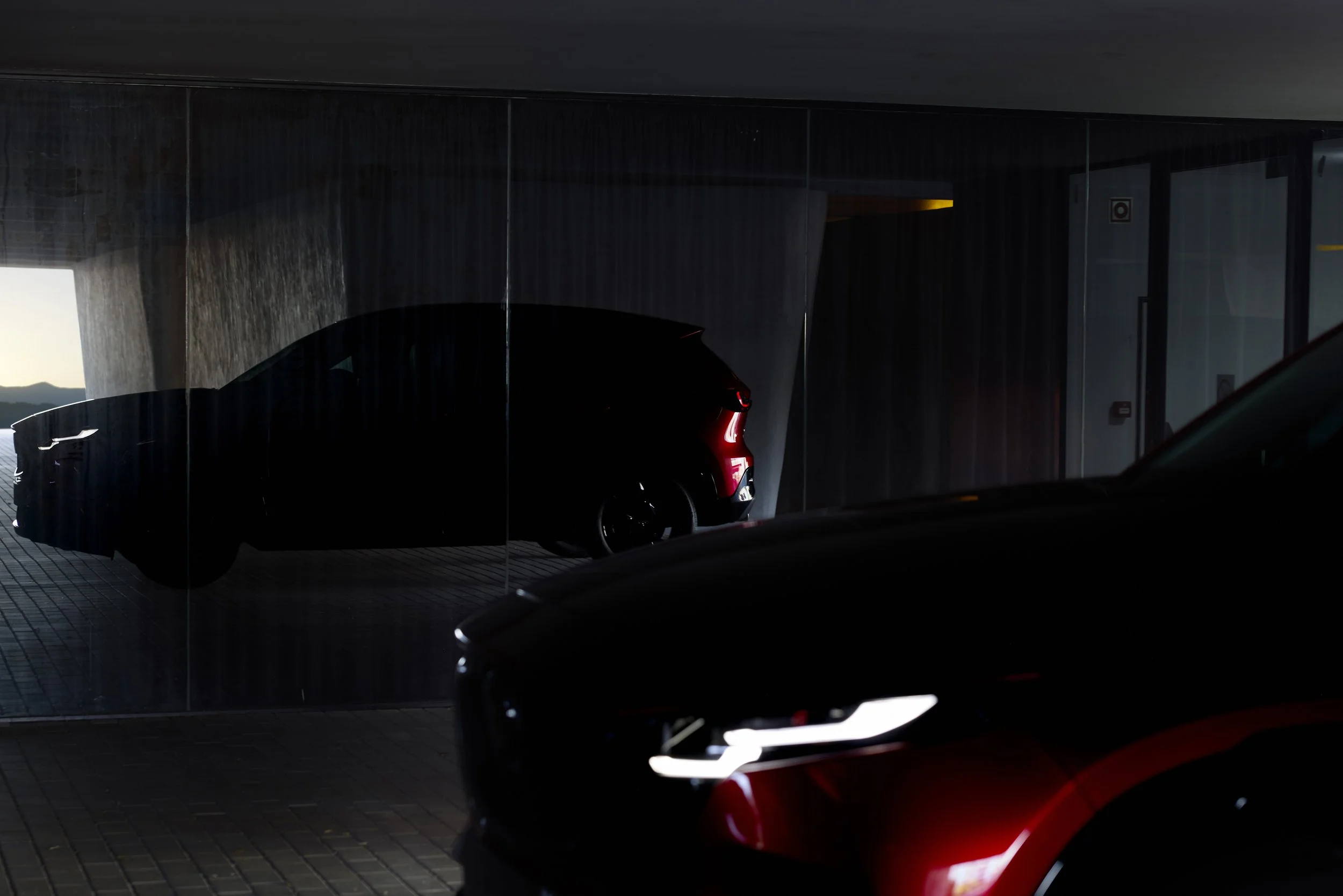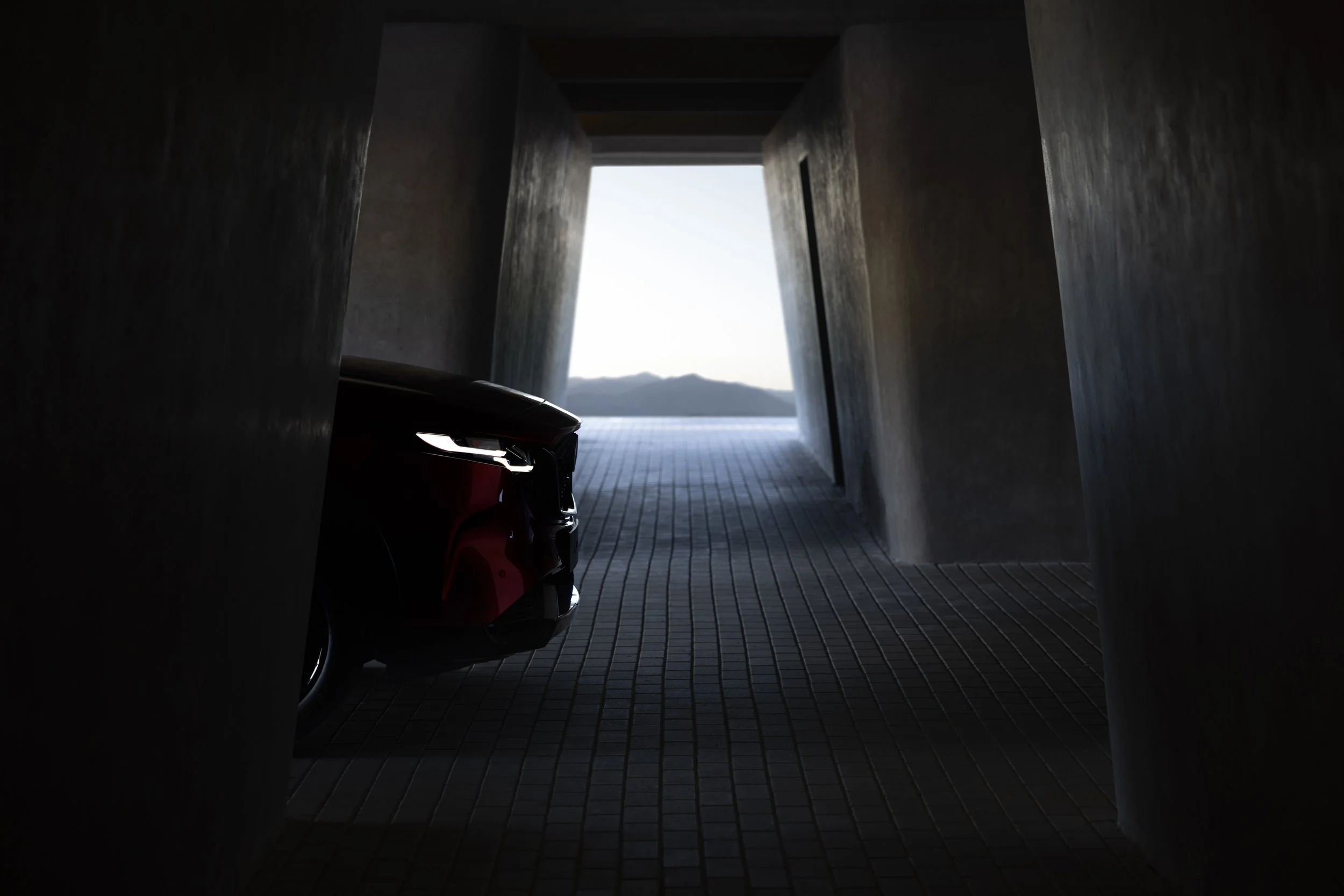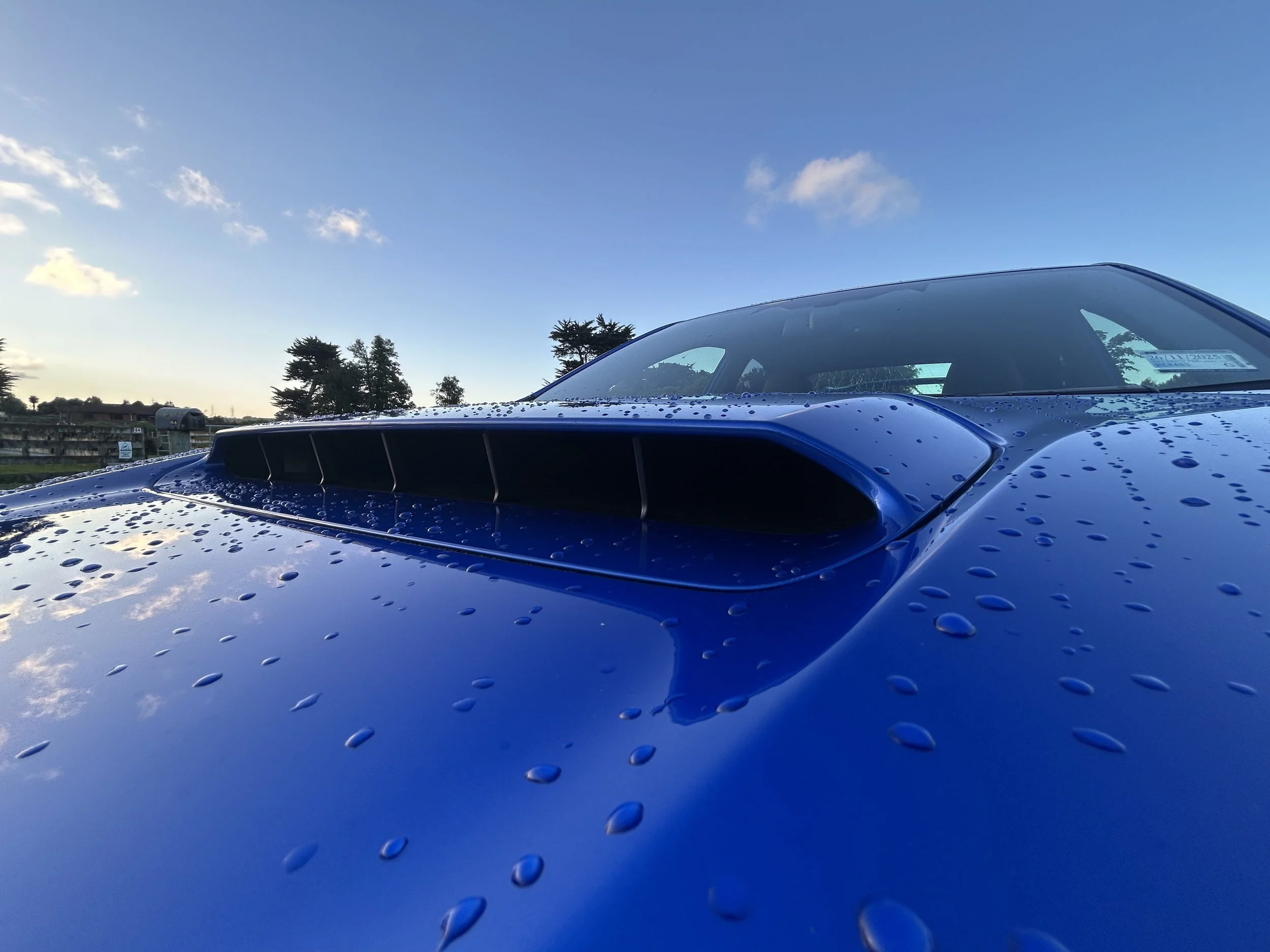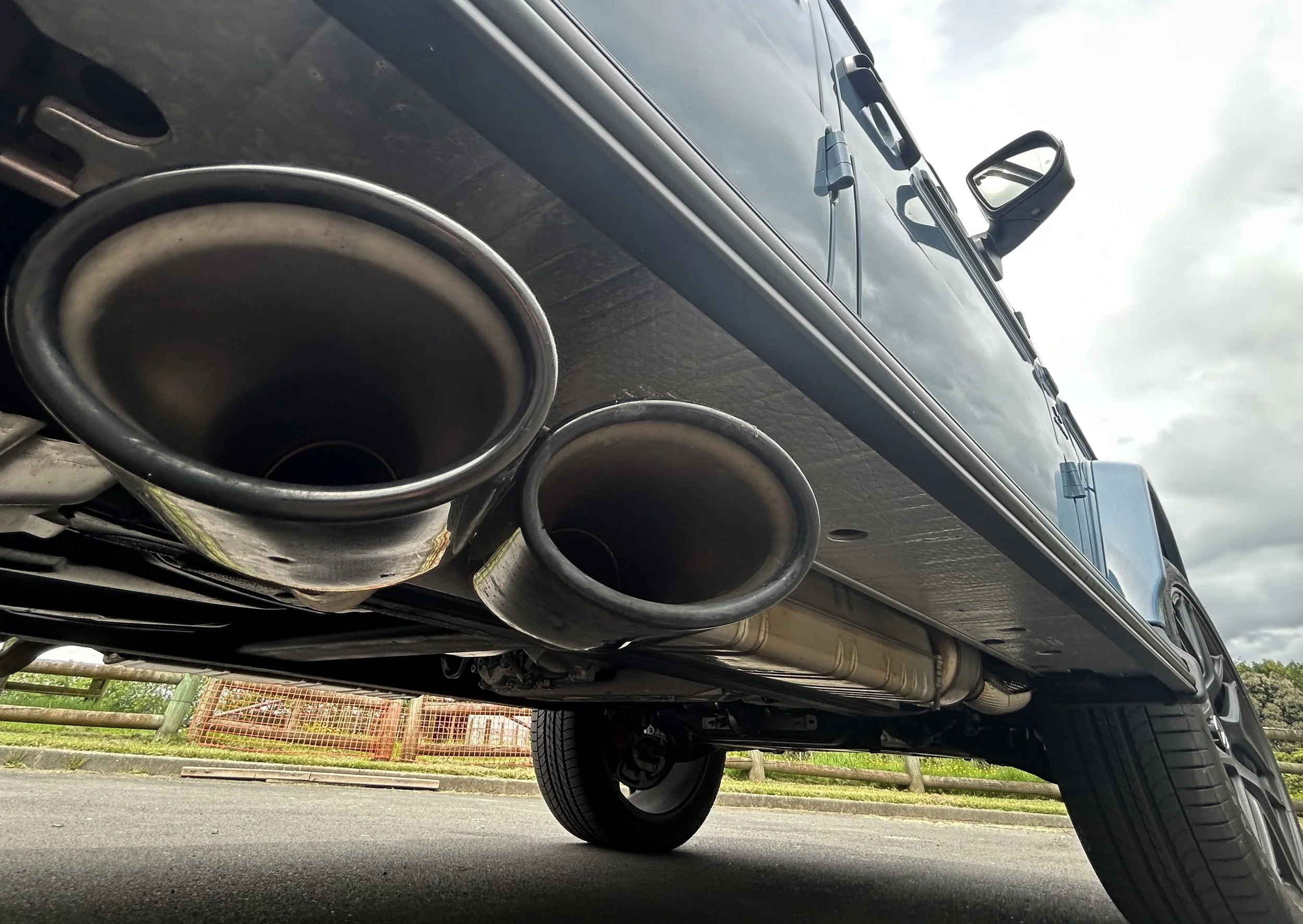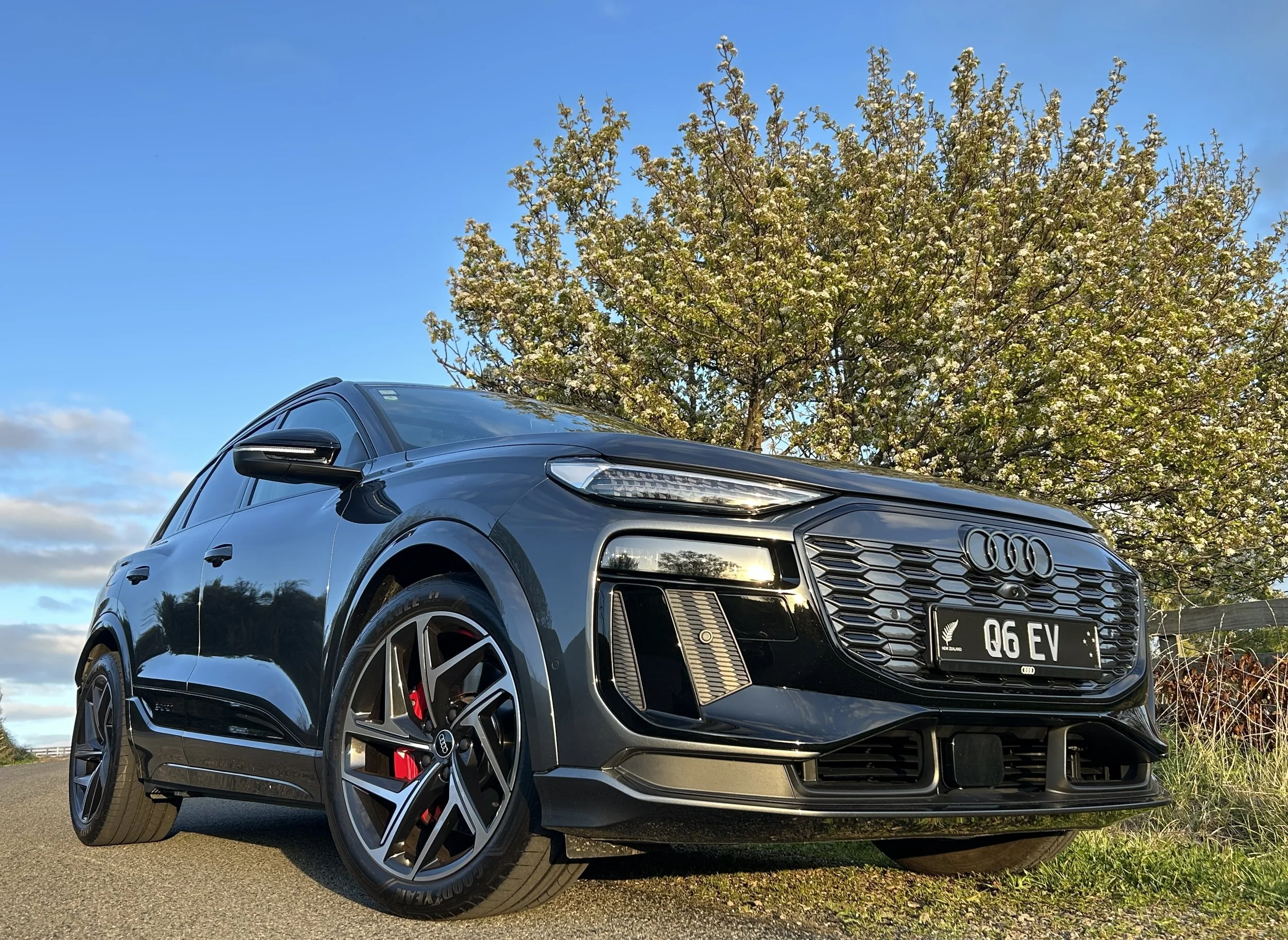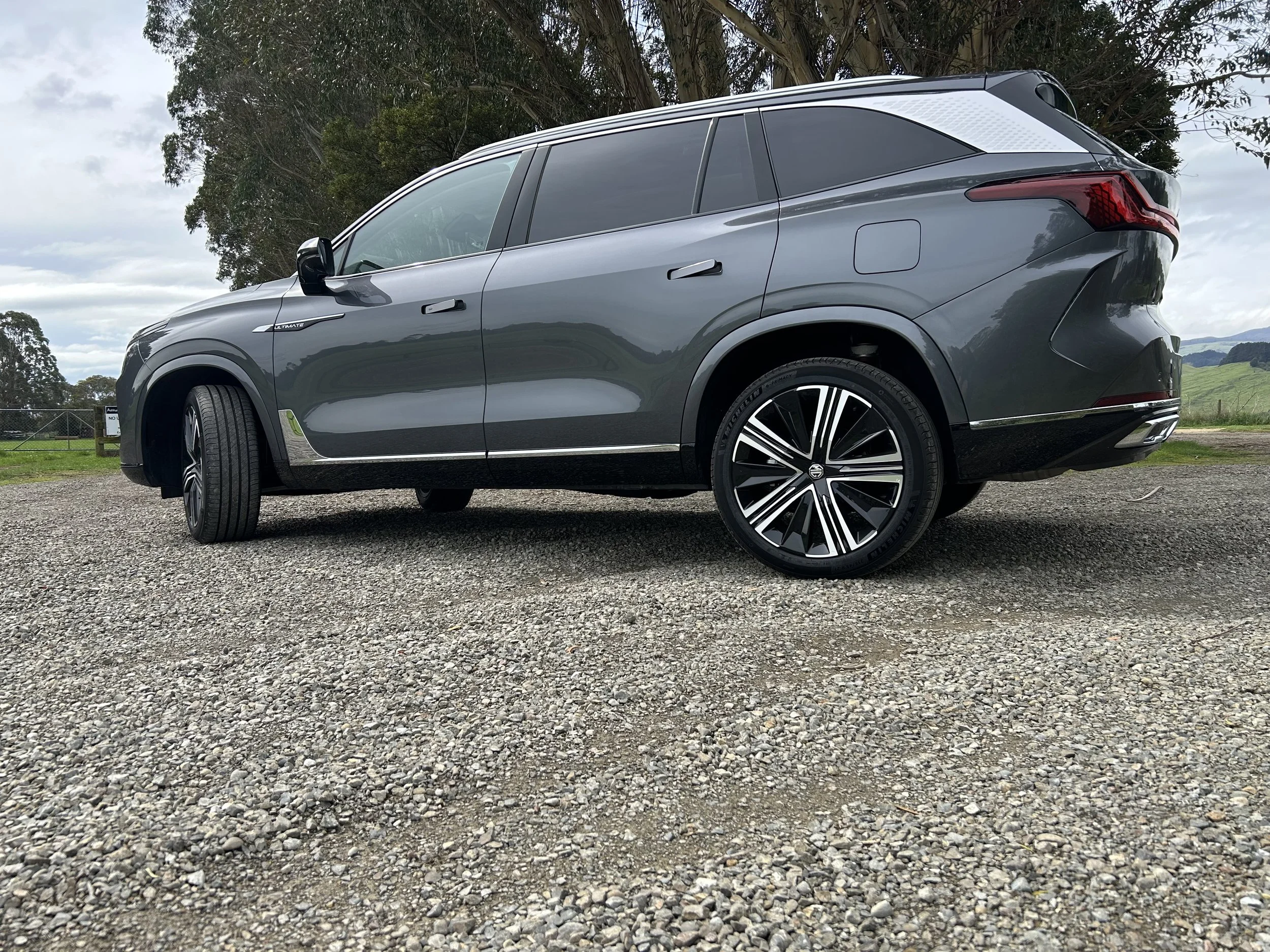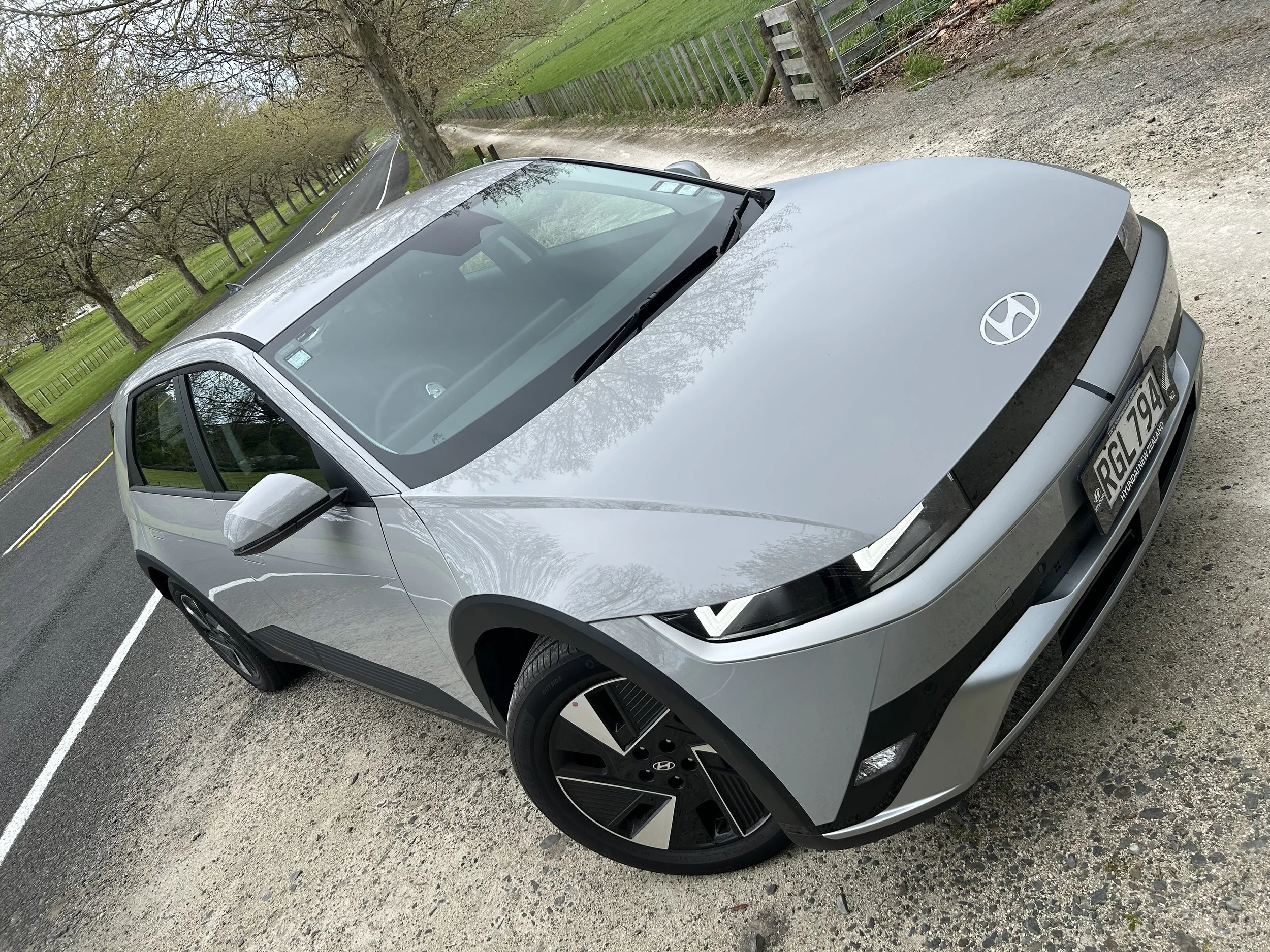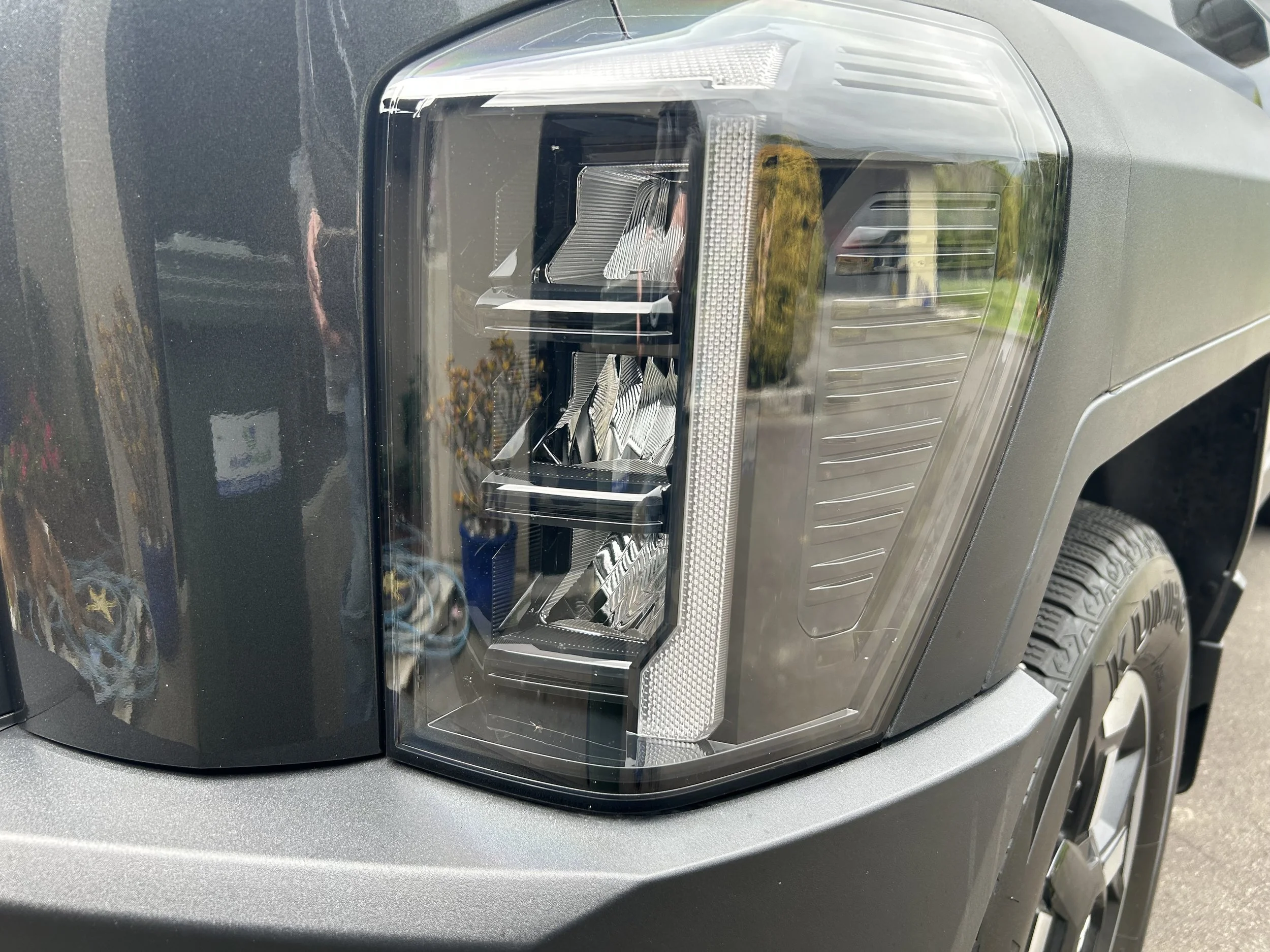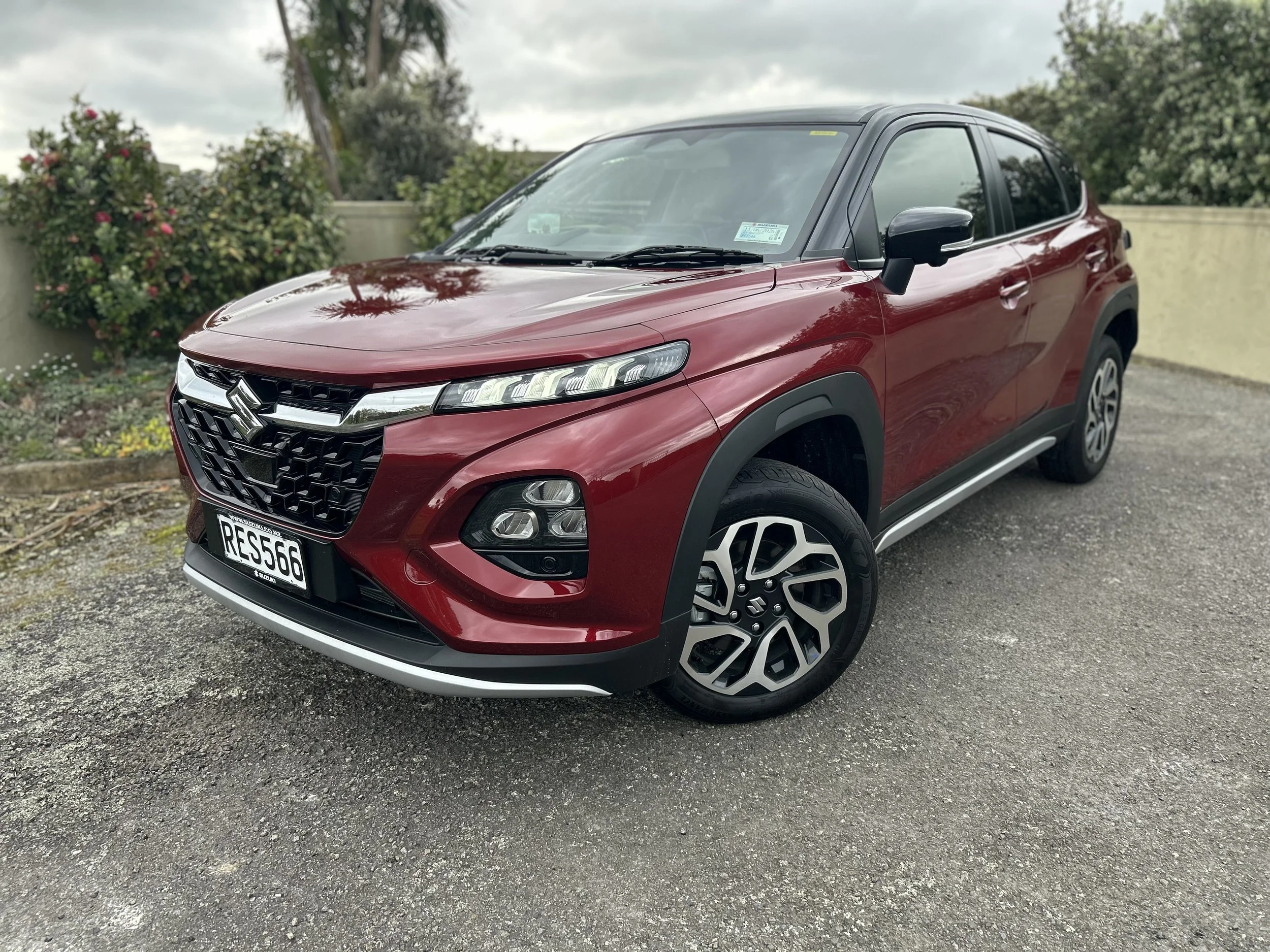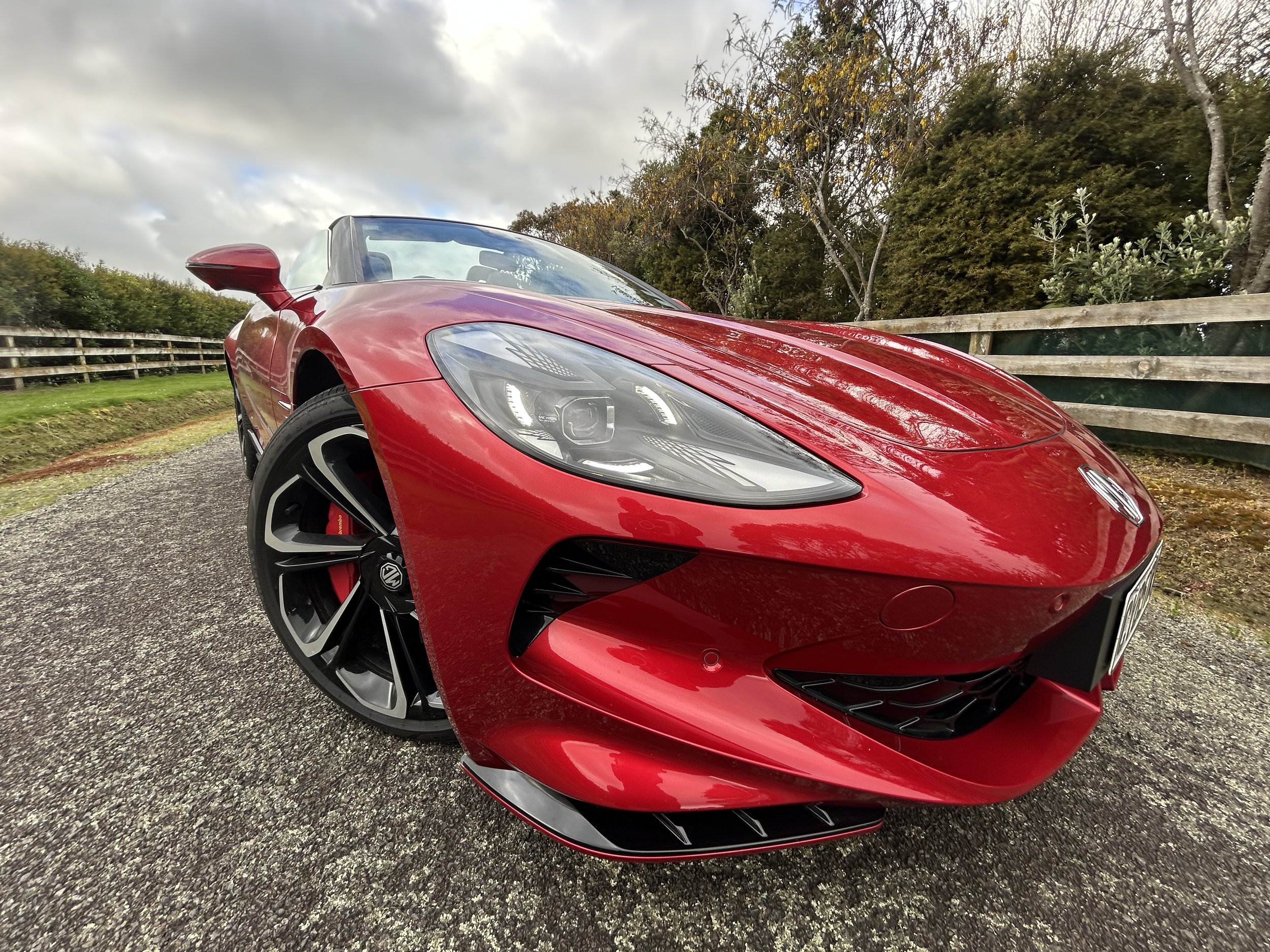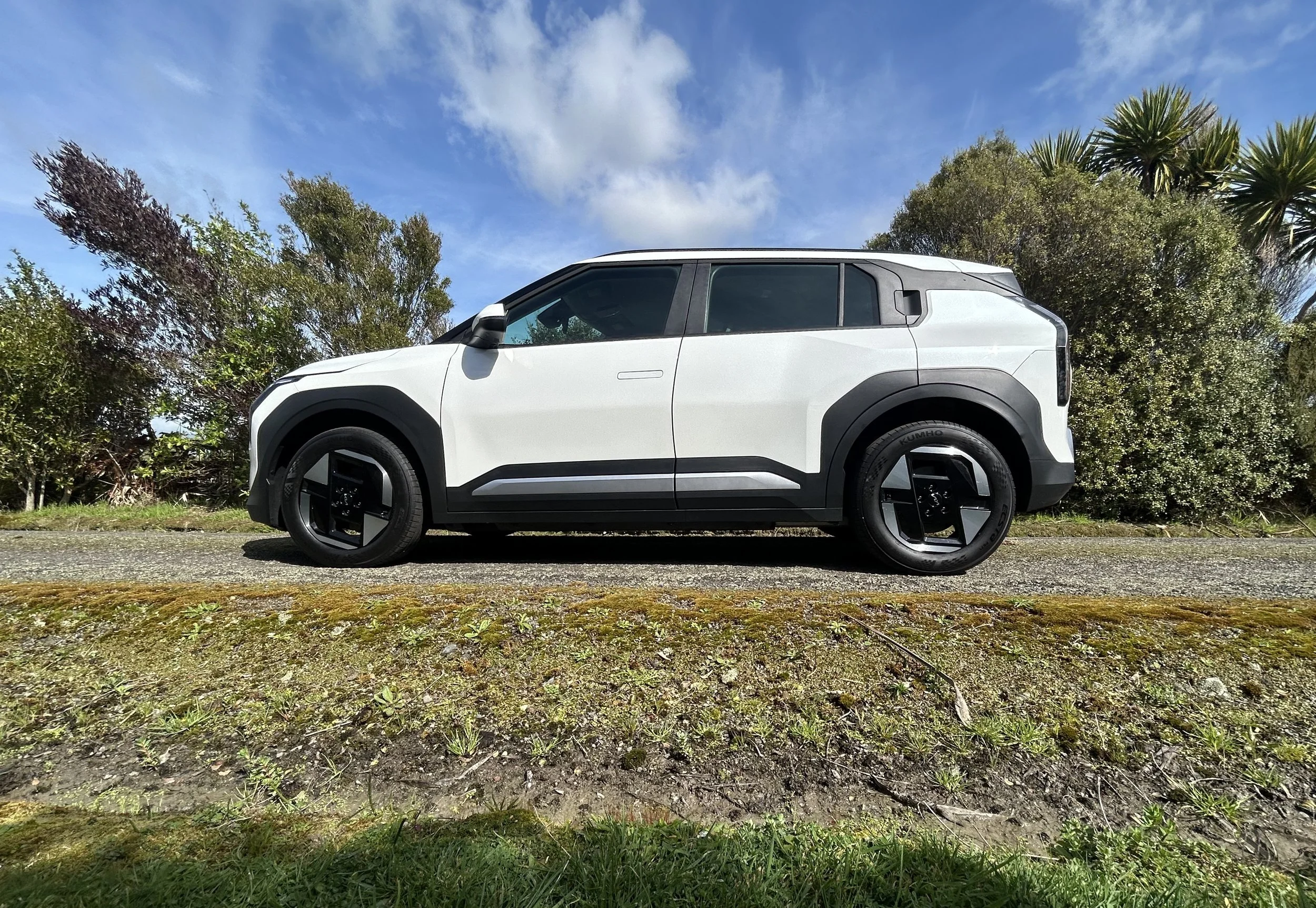Sneak look at ‘gen Z’-set CX-5
/The full unveiling is on July 10. In the meantime, Mazda has shared these images.
INTENT by Mazda to maintain highly familial styling for the highest volume of its sports utilities, the CX-5, has been confirmed by release of more preview images from the brand.
The three pictures here arrive several days after an apparently unsanctioned image of the complete car toured the internet.
They are to whet appetite ahead of a full reveal of the new-generation model, on the evening of July 10. How long before the car appears in New Zealand is not yet clear, however earlier this year Mazda NZ indicated it could yet be a 2025 car, albeit with late year landing.
Mazda’s local office, and Japan headquarters, have already shared that the car will ultimately come in a first-for-type hybrid drivetrain format, but has said what the factory is calling SkyActiv-Z is still at least a year away from introduction.
For initial release, it will continue with the engines used by the current car, an evergreen top seller here that accounts for around 40 percent of total Mazda NZ volume.
SkyActiv-Z ís designed to lend even leaner burning and lower emissions than its current already Green-tinged choices will also flavour a more conventional internal combustion powertrain.
In a March 19 interview with MotoringNZ.com, Mazda New Zealand product spokesman Paul Sherley said CX-5 will debut the new engine, but added he didn’t expect to see it before late 2027.
“We expect to see the CX-5 here before the hybrid engine is launched in the car.
“ I don't have exact timing to share, but the next generation CX-5 has been highlighted as being here within the next one to two years. And the hybrid powertrain is from the latter part of 2027.”
Whether current CX-5 can continue on sale right up until the changeover is not yet clear, but it is beyond doubt that last year’s revisions are the final amendments to a car that dates back to 2016, and underwent its last major update in 2021.
Sherley expressed confidence in March it will keep doing the job to the last day of availability.
“CX-5 has been very successful for over a decade since launch, and we don't really see that changing based on the current market trends.”
In respect to future model planning, Mazda president and chief executive Masahiro Moro has determined that his make will adopt the same Japan as Toyota and take a multi-dimensional approach, rather than simply wholly into electric cars.
Hiroshima is keen to offer a full sweep of power options, from electric to plug-in hybrid to hybrid and eventually maybe even hydrogen power.
What degree New Zealand will embrace this? Still to be sorted. Market conditions and consumer preferences cannot be ignored is Mazda NZ’s line.
“For us it's ensuring we have the right powertrains at the right time,” Sherley said several months ago.
“We have a number of different solutions available for our customers, and everything we're doing still focuses on the joy of driving philosophy.”
The SkyActiv-Z family sets out to meet stringent Euro7 emissions regulations and is designed around the idea of 'Lambda 1’, or keeping an ideal fuel-air mixture at all parts of the engine's power band, maximising efficiency and minimising emissions.
As well as being for CX-5, this technology will also introduce on the six-cylinder petrol and four-cylinder petrol hybrid engines that place in the CX-60, CX-80 and CX-90 sports utilities here.
Foremost among electric developments that Mazda NZ has shown interest in is the Mazda 6 sedan, built in China with Changan Automobile. Availability now in the United Kingdom lends opportunity for other right hand drive markets to follow.
Also indicated are a compact sports utility to be built in Thailand and a medium SUV which is potentially sharing the same platform as the 6e and has yet to be seen in its production form. It will feature an all-new, more efficient battery pack designed in collaboration with Panasonic. Some are already calling the latter electric CX-5.
Meantime, Mazda has been coy to say much about the new CX-5, save that what it describes as a sharper design will provision a more spacious cabin, and “advanced... human-centric” technology.


